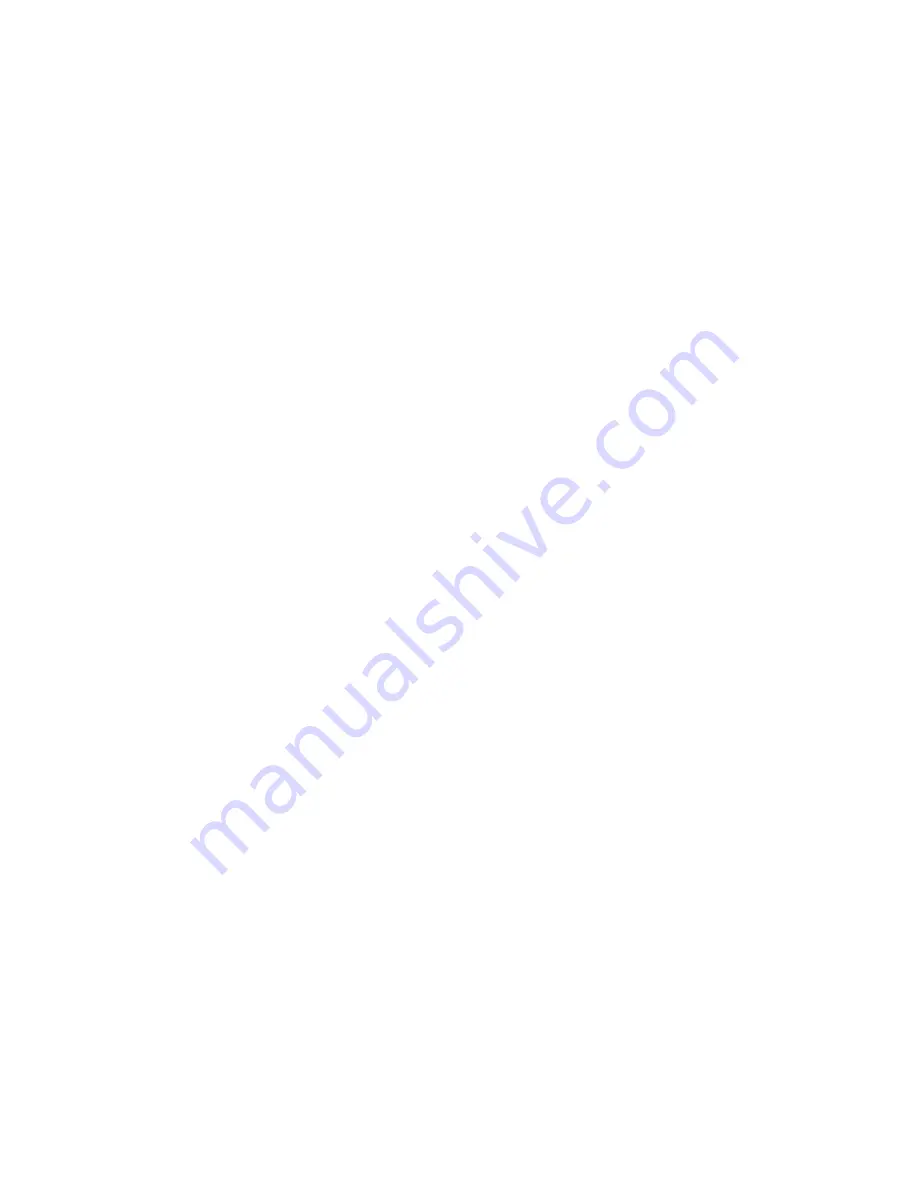
However, the ear can easily hear signal as much as 20 dB or better below the
wideband noise level, depending on the frequency and masking. That’s why we
have to use dither noise, to eliminate low level distortion caused by DSP
processing. Without dither noise, the sound of quantization distortion can reduce
stereo imaging, and make the sound cold and harsh, something to be avoided in
most cases. The bits menu choices actually truncate the output of the z-q2 without
concern for quantization distortion.
The other dithered wordlength settings are only to be used if the z-q2 is
connected directly to a following device which truncates the wordlength. For
example, use 20 dith if the z-q2 is directly connected to a 20 bit ADAT. Use 16
dith or 16 pwr if the z-q2 is connected directly to a 16-bit storage medium such as
DAT or CDR. A router may be used, but no additional DSP processor should be
between the Z Sys and the 16 or 20 bit device.
The only exception to the dither rule: you might choose to select the 24 bits
option if you wish to bypass the z-q2 without pressing the BYPASS button (in an
automated session, for example, where one tune passes through flat without any
alteration). In this case, select 24 bits and make sure that all the gains and equalizer
levels are set to 0 dB. In the 24 bits setting, with everything neutralized, the z-q2 is
bit-transparent, will pass all incoming AES/EBU signals without data alteration. In
the 20 bits (16 bits) setting, the z-q2 truncates its output to 20 bits (16 bits). These
last two settings will rarely be used. Perhaps you wish to cause some serious digital
grittiness (assuming you are fond of the authentic sound of early digital audio), or
you need to truncate the signal because a preceding device has not done so.
Proceed with care when choosing any of the truncation settings; their use is
extremely rare.
How to use the POW-R Dither
POW-R dither is a psychoacoustically-optimized dither. The two choices in the
z-q2 are POW-R 2 and POW-R 3, at 16 bits only, idealized for CD and DAT
recording. POW-R 3 has the strongest noise-shaping, and yields the highest
resolution. We can’t hear the effect of this shaping, but if you feel the shaping of
POW-R 3 is too strong for you, then by all means choose POW-R 2. POW-R 2
may yield slightly less depth, space and resolution, but the loss is barely
perceptible, probably inaudible, much less loss than with competing noise-shaping
processes.
MIDI
Connect the MIDI output to the input of a MIDI sequencer, and the MIDI input
to the output of the sequencer. Press the SYSTEM button again to arrive at the
MIDI screen, which should look like this:
z-q2 Operations Manual version 1.0 1/2301 Page 3




























